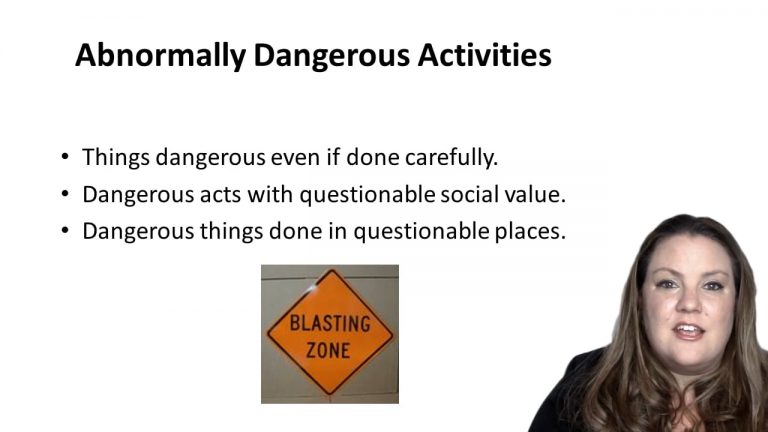SmartBrief
Confirm favorite deletion?
Criminal Law Keyed to Gershowitz
Paradoski v. State
Citation:
477 S.W.3d 342.Facts
The defendant left her friend’s house between 11:30 p.m. and 11:45 p.m. Her friend’s husband testified that the defendant was “fine” when she left, and he did not see her take any pills.
Shortly after, a witness called 911 after he saw the defendant driving erratically. She was serving in and our of lanes. She then rear-ended another vehicle. Witnesses reported that the defendant slurred her speech and was slow to respond to questions. The defendant could not adequately explain where she was or what happened. The defendant concedes that her mental and physical faculties were impaired, but argues that it was due to her having a stroke while driving.
An officer determined that she was intoxicated by a narcotic. She consented to a blood draw, and her blood showed the presence of hydrocodone, carisoprodol, and meprobamate. The defendant’s physician had prescribed these drugs, however, she was inconsistent in filling the prescriptions. This inconsistency could have caused the defendant to not develop a tolerance for the drugs. A toxicologist testified that the level of the drugs in her system could have caused her to lose her mental and physical faculties.
The nurse at the hospital testified that she believed the defendant was intoxicated by reason of drugs and/or alcohol and that the defendant’s behavior was consistent with someone taking hydrocodone and carisoprodol. The nurse testified that she did not believe another medical condition was the cause of the defendant’s intoxication, and that she had worked with patients who suffered from a stroke and they are not generally alert and oriented.
She was convicted of driving while intoxicated (DWI). She appealed, asserting that the evidence was not sufficient to support her conviction.
Only StudyBuddy Pro offers the complete Case Brief Anatomy*
Access the most important case brief elements for optimal case understanding.
*Case Brief Anatomy includes: Brief Prologue, Complete Case Brief, Brief Epilogue
- The Brief Prologue provides necessary case brief introductory information and includes:
Topic:
Identifies the topic of law and where this case fits within your course outline.Parties:
Identifies the cast of characters involved in the case.Procedural Posture & History:
Shares the case history with how lower courts have ruled on the matter.Case Key Terms, Acts, Doctrines, etc.:
A case specific Legal Term Dictionary.Case Doctrines, Acts, Statutes, Amendments and Treatises:
Identifies and Defines Legal Authority used in this case.
- The Case Brief is the complete case summarized and authored in the traditional Law School I.R.A.C. format. The Pro case brief includes:
Brief Facts:
A Synopsis of the Facts of the case.Rule of Law:
Identifies the Legal Principle the Court used in deciding the case.Facts:
What are the factual circumstances that gave rise to the civil or criminal case? What is the relationship of the Parties that are involved in the case.Issue(s):
Lists the Questions of Law that are raised by the Facts of the case.Holding:
Shares the Court's answer to the legal questions raised in the issue.Concurring / Dissenting Opinions:
Includes valuable concurring or dissenting opinions and their key points.Reasoning and Analysis:
Identifies the chain of argument(s) which led the judges to rule as they did.
- The Brief Prologue closes the case brief with important forward-looking discussion and includes:
Policy:
Identifies the Policy if any that has been established by the case.Court Direction:
Shares where the Court went from here for this case.
Topic Resources
Topic Videos
 15m 13s
15m 13s 4m 52s
4m 52sTopic Outline
Topic Refresher Course
